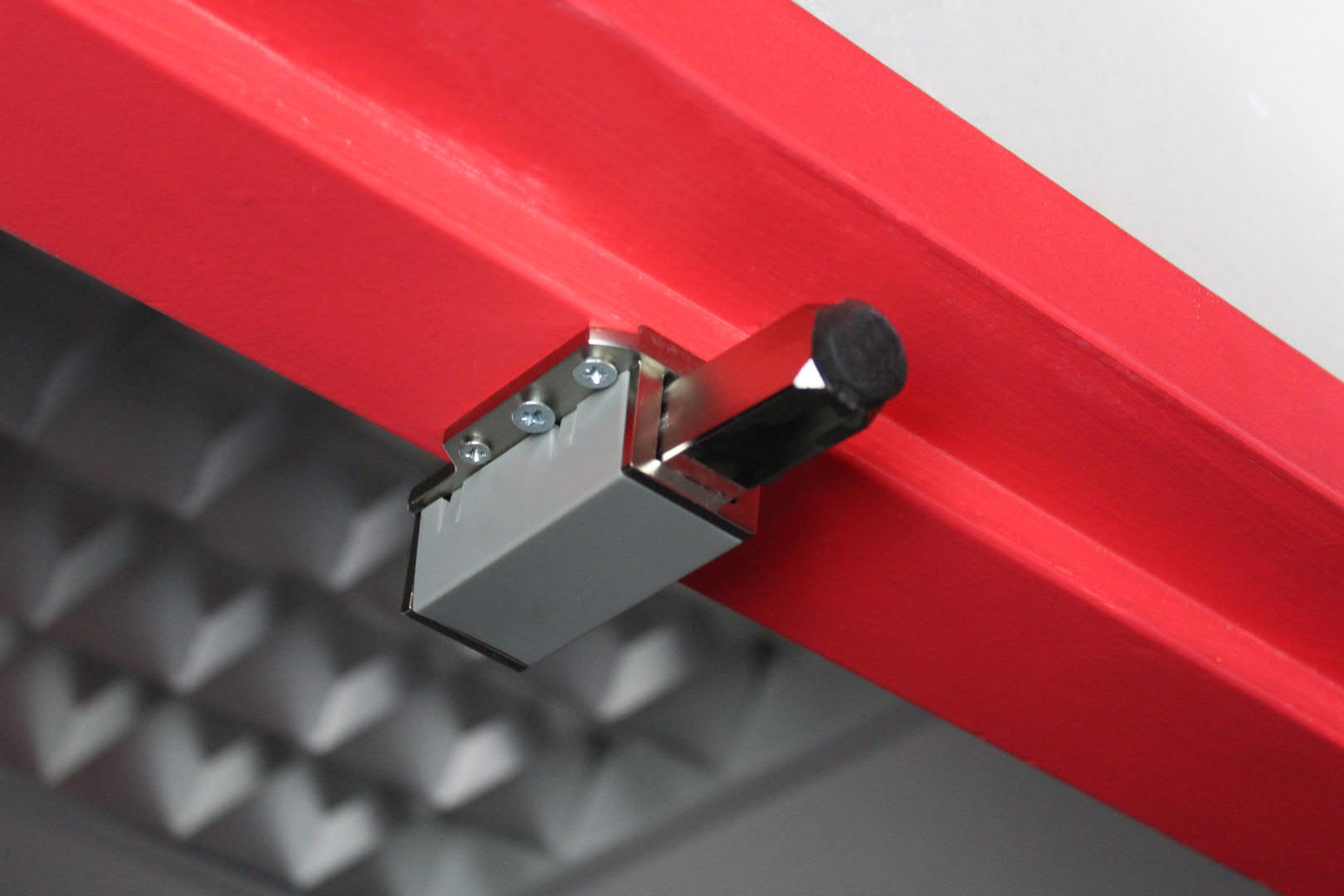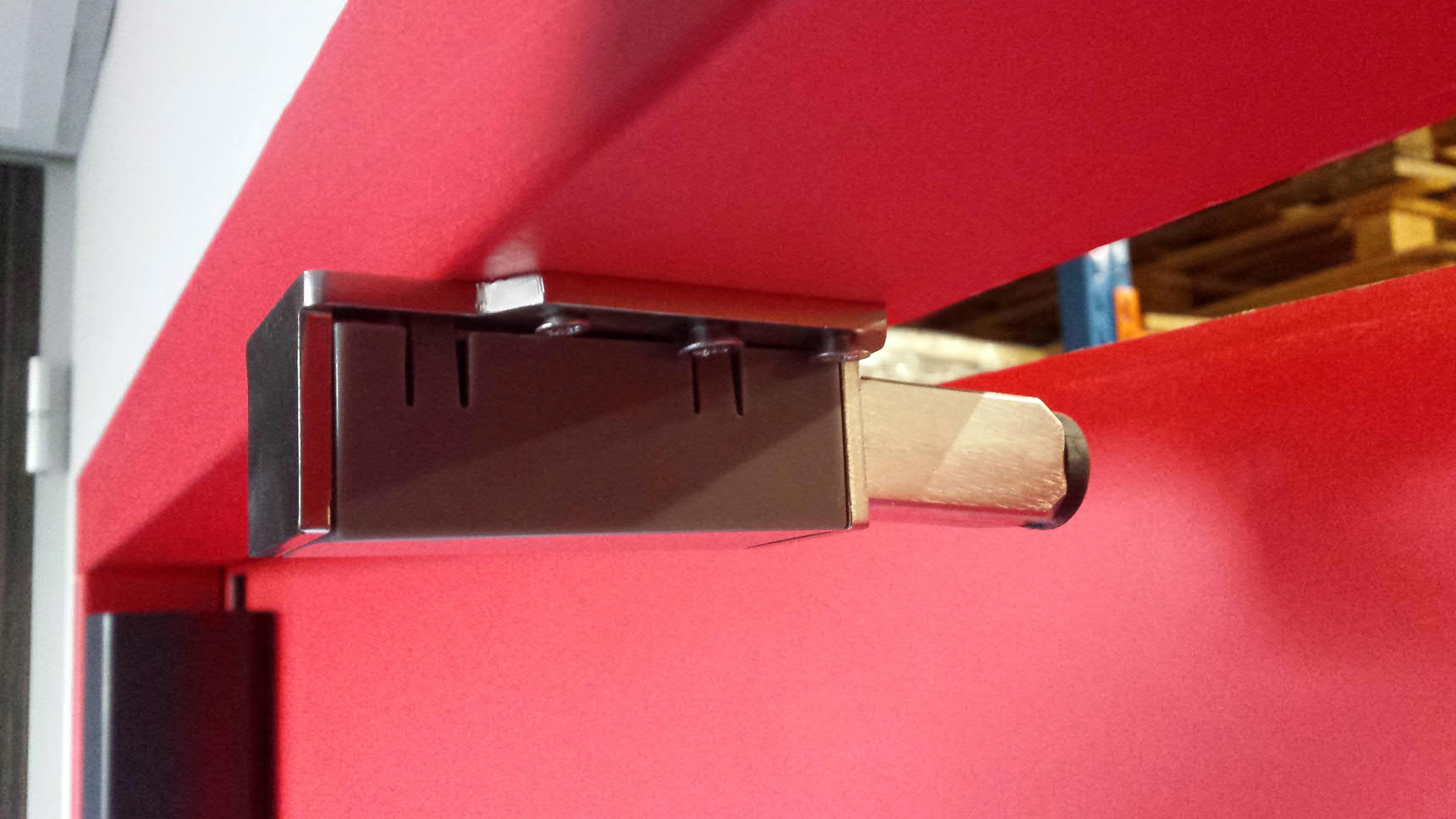Applications and Benefits of Anti-Slam Cabinet Door Closers: Anti Slam Cabinet Door Closer

Anti-slam cabinet door closers offer a significant upgrade to any space, enhancing both functionality and aesthetics. Their benefits extend beyond simple convenience, impacting safety and contributing to a more sophisticated overall ambiance. This section will explore the diverse applications of these closers and highlight the advantages they provide.
Anti slam cabinet door closer – Anti-slam cabinet door closers are remarkably versatile, proving beneficial in a wide array of settings. Their soft-close mechanism prevents jarring slams, reducing noise and extending the lifespan of both the doors and the cabinet itself. The subtle elegance they bring enhances the overall design and feel of any space.
Cabinet Types Benefiting from Anti-Slam Closers
The smooth, quiet closing action provided by anti-slam closers is advantageous across various cabinet types. Their application improves the user experience and contributes to the longevity of the cabinetry. The following list showcases some prime examples.
- Kitchen Cabinets: In busy kitchens, the constant opening and closing of cabinets can lead to wear and tear. Anti-slam closers mitigate this, ensuring the doors close gently, preventing damage and reducing noise. The controlled closing also prevents accidental bangs from children or pets.
- Bathroom Vanities: Bathroom cabinets often contain fragile items. The soft-close mechanism protects these items from damage caused by forceful closures. The quieter operation also contributes to a more peaceful and relaxing bathroom environment.
- Office Cabinets: In an office setting, quiet operation is crucial for maintaining a productive work environment. Anti-slam closers contribute to a calmer atmosphere, minimizing distractions from disruptive sounds.
- Media Cabinets: Protecting delicate electronics within media cabinets is paramount. The gentle closing prevents jarring impacts that could potentially damage sensitive equipment.
Safety Benefits of Anti-Slam Cabinet Door Closers, Anti slam cabinet door closer
The safety advantages of anti-slam cabinet door closers are particularly noteworthy, especially in households with children or elderly individuals. The soft-close mechanism significantly reduces the risk of injury from slamming doors.
For children, the risk of pinched fingers or hands is significantly minimized. The gentle closing prevents the forceful impact that can lead to painful injuries. Similarly, for the elderly, who may have reduced dexterity or mobility, the soft-close mechanism eliminates the potential for accidental injuries caused by forcefully closing cabinet doors. The reduced noise also contributes to a more peaceful and less stressful environment for all.
Enhanced Aesthetics and Luxurious Feel
Beyond functionality and safety, anti-slam closers contribute significantly to a more refined and luxurious atmosphere. Imagine walking into a beautifully designed kitchen. As you open a cabinet to retrieve a spice jar, the door closes with a gentle, almost silent whoosh. There’s no jarring bang, no irritating clatter. Instead, there’s a sense of quiet sophistication, a subtle elegance that elevates the entire space. This seamless, quiet operation speaks volumes about the attention to detail and the overall quality of the design. The absence of jarring sounds creates a sense of calm and tranquility, transforming a functional space into a more inviting and luxurious environment.
Maintenance and Troubleshooting of Anti-Slam Cabinet Door Closers

Proper maintenance and timely troubleshooting are crucial for extending the lifespan and ensuring the smooth operation of anti-slam cabinet door closers. Neglecting these aspects can lead to premature wear, noisy operation, and ultimately, failure of the mechanism. Understanding common problems and their solutions empowers you to address issues efficiently and prevent more extensive damage.
Common Problems Associated with Anti-Slam Cabinet Door Closers
Identifying common problems is the first step in effective troubleshooting. Recognizing the symptoms allows for quicker diagnosis and targeted solutions, minimizing downtime and potential damage.
- Slow Closing: The door closes more slowly than usual, or doesn’t close completely.
- Noisy Operation: The closer makes excessive clicking, banging, or grinding noises during operation.
- Complete Failure: The door closer stops functioning entirely, allowing the door to slam shut.
- Inconsistent Closing Speed: The closing speed varies inconsistently, sometimes fast, sometimes slow.
- Door Bounces Open: The door doesn’t stay closed and bounces open after closing.
Troubleshooting and Resolving Common Issues
A systematic approach to troubleshooting can significantly expedite the resolution process. Following these steps will help pinpoint the source of the problem and implement the appropriate solution.
- Inspect the Closer: Carefully examine the door closer for any visible damage, such as cracks, loose screws, or obstructions. Check the arm for proper alignment and ensure all connections are secure.
- Check for Obstructions: Ensure nothing is interfering with the door’s movement or the closer’s mechanism. Remove any obstructions, such as items caught in the hinges or the door’s path.
- Adjust the Closing Speed: Most anti-slam closers have an adjustment screw that controls the closing speed. Refer to the manufacturer’s instructions to locate and adjust this screw. A slight adjustment often resolves slow closing or inconsistent speed issues.
- Lubricate Moving Parts: Apply a small amount of silicone-based lubricant to the moving parts of the closer. Avoid using oil-based lubricants, as these can attract dust and grime. This can help alleviate noisy operation.
- Tighten Loose Screws: If any screws are loose, tighten them securely using the appropriate size screwdriver. Loose screws can cause instability and contribute to noisy operation or malfunction.
- Replace Worn Parts: If the closer is severely damaged or worn out, replacement may be necessary. Contact the manufacturer or a qualified technician for assistance with part replacement or unit replacement.
Regular Maintenance Guide for Optimal Performance
Regular maintenance significantly extends the lifespan and performance of anti-slam cabinet door closers. A simple maintenance schedule prevents minor issues from escalating into major problems.
| Maintenance Task | Frequency | Description | Tools Required |
|---|---|---|---|
| Visual Inspection | Monthly | Check for damage, loose screws, or obstructions. | None |
| Lubrication | Every 3 Months | Apply silicone-based lubricant to moving parts. | Silicone lubricant |
| Tighten Screws | Every 6 Months | Check and tighten all screws to ensure secure fastening. | Screwdriver |
| Full Cleaning | Annually | Thoroughly clean the closer and surrounding area to remove dust and debris. | Soft cloth, mild detergent (optional) |
